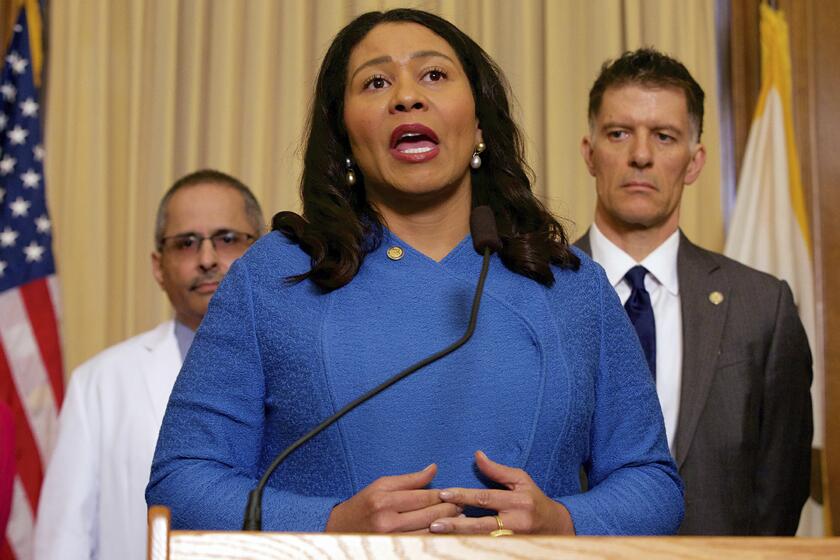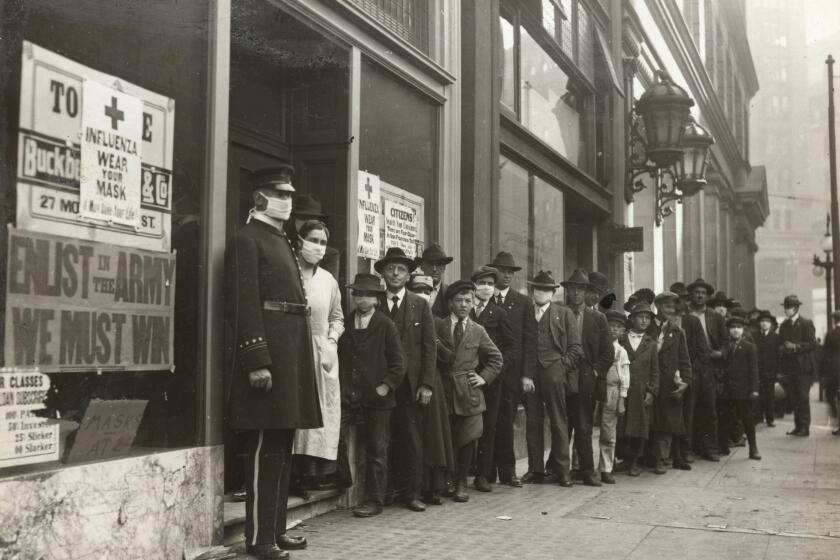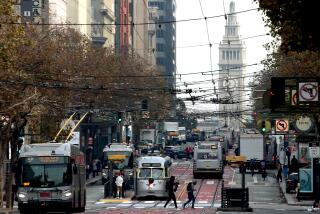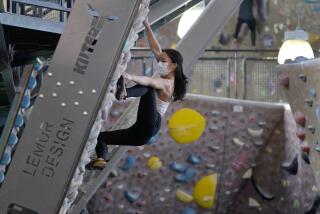How San Francisco became a COVID-19 success story as other cities stumbled
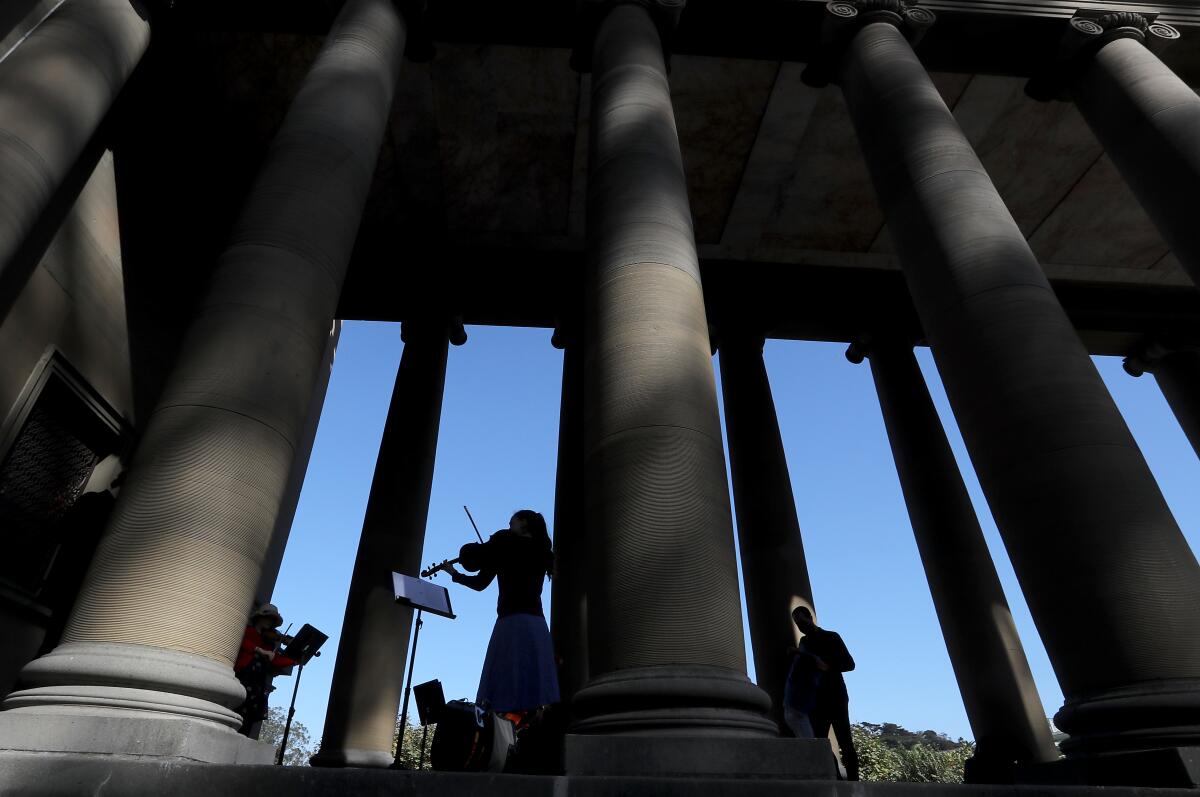
Much of San Francisco looked like a ghost town during late April. All but essential services were closed. Few roamed the streets. The mood seemed as grim as the gray skies overhead.
Now life has returned. Restaurants and stores are open. Clad in masks, pedestrians last week clutched bags from stores where they had just shopped. Diners sat at tables outside restaurants and cafes. People strolled along the bay on the Embarcadero, and a huge Ferris wheel opened for business at Golden Gate Park.
After cautiously approaching the pandemic for months, with a go-slow attitude toward reopening, San Francisco has become the first urban center in California to enter the least restrictive tier for reopening. Risk of infection, according to the state’s color-coded tiers, is considered minimal, even though San Francisco is the second-densest city in the country after New York.
“We have, at least so far, done everything right,” said Dr. Robert Wachter, professor and chair of the Department of Medicine at UC San Francisco.
City officials still are not declaring victory. Characteristically, they warn, the virus still lurks around the corner. And as they have before, they will follow local metrics rather than reopen just because the state allows it.
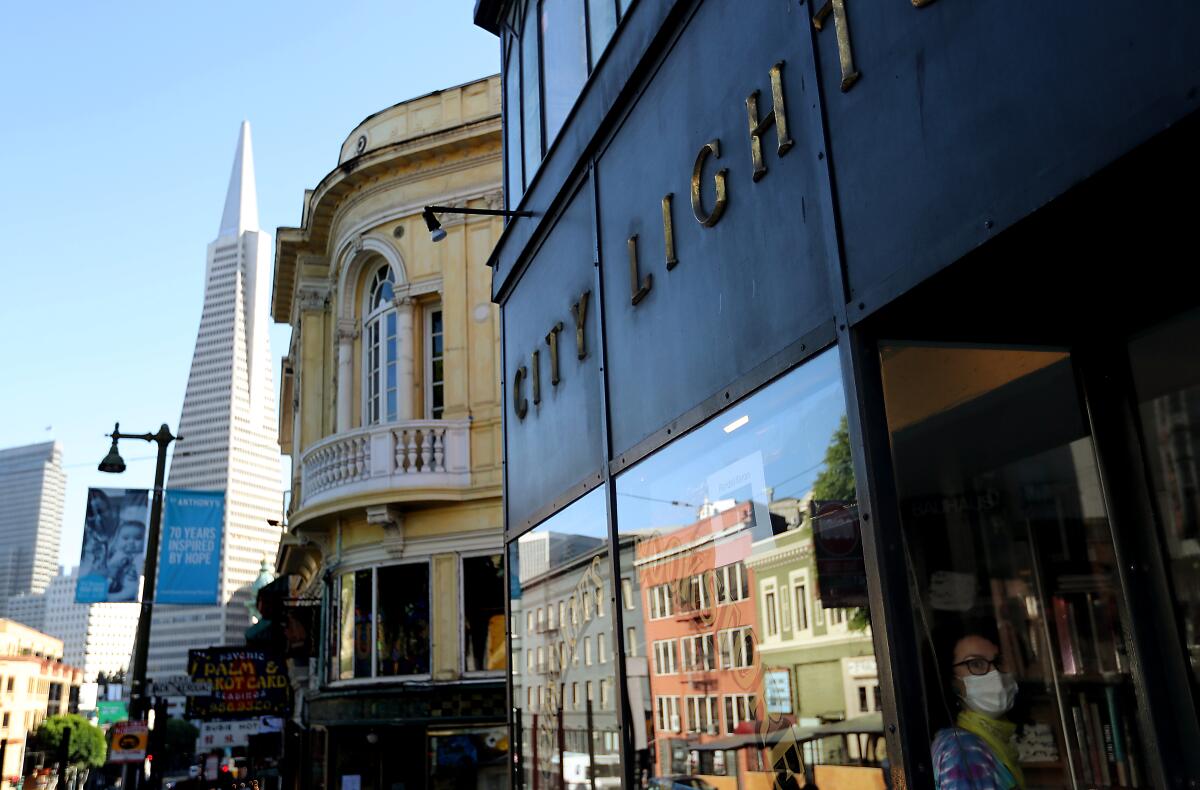
Experts credit San Francisco’s success to a long partnership between public health officers and universities, most notably during the AIDS crisis. San Francisco is not monolithic, but its residents largely followed health guidelines. Unlike other counties, which may have dozens of mayors and city councils, San Francisco is also a city with only one mayor and a Board of Supervisors, and both have largely deferred to the judgment of health officials.
The tech industry, which has a prominent presence in San Francisco, played a role too. Companies ordered their employees to work from home two weeks before San Francisco and other Bay Area counties shut down, Wachter said. That not only kept more people off the streets but also signaled to the rest of the region that industry giants were taking the threat of the coronavirus seriously.
San Francisco followed the “hammer and dance” approach, made famous by San Francisco author Tomas Pueyo on the website Medium, Wachter said. The city hit the hammer by shutting down early in the pandemic. The dance has been more complicated. The city has reopened slowly, making adjustments when cases rose and backtracking when necessary.
Yellow tier status allows San Francisco to reopen offices at 25% capacity as well as climbing gyms and additional personal services.
Of the 20 most populous cities in the U.S., San Francisco has the lowest death rate per capita from COVID-19. If the entire country had followed the city’s approach, Wachter said, there would be 50,000 dead from the pandemic instead of more than 220,000.
To be sure, San Francisco has not emerged unscathed. Hundreds of businesses have closed permanently. Public schools have yet to reopen, and the city faces a huge budget deficit. Many residents moved away during the pandemic.
Although life has now returned to city streets, they are nowhere near as full as before the pandemic, when throngs of office workers and tourists crammed sidewalks. Ridership on city buses has plummeted, along with revenues.
Mayor London Breed and Dr. Grant Colfax, San Francisco’s public health director, largely shaped the city’s response to the health crisis.
Breed, always interested in science, studied chemistry before she switched to political science at UC Davis. She grew up in a San Francisco housing project where deadly gun violence was common. During an UC San Francisco online forum in September, she said she had often thought about what steps might have been taken decades ago to save lives in the projects.
When the coronavirus hit Wuhan, China, she said, she viewed it as “way over there.” That changed when Colfax and the city’s health officer came to her City Hall office this year and warned the virus could overwhelm the city’s hospitals, which might have to turn away the sick.
That warning “stopped me in my tracks,” Breed said. She knew that shutting down would hurt the economy and worsen economic disparities, but she said she felt as though there were no other choice. She said she asked herself what she would want her mayor to do. Saving lives was the answer.
San Francisco Mayor London Breed has been criticized for some of her decisions. But her early action on the coronavirus pandemic is also earning her praise.
One day early in the pandemic, she walked into a grocery store and quickly backed out. People were not following the health guidelines. “I called Dr. Colfax and said we need to shut this grocery store down,” she recalled.
Colfax proved adept at messaging. During the first few months of the pandemic, Colfax, Breed and other city officials held news conferences online three times a week. Colfax was usually grim. He warned the virus could quickly spin out of control.
The public health director began his summations by citing the number of people infected and dead. In a funereal voice, he directed his statement to the families of the dead and told them of his sorrow. He warned of grave consequences if the health restrictions were not followed. He worried aloud in July that San Francisco could become the next New York City, Houston or Florida. San Francisco remained in a “very vulnerable situation,” he said.
Wachter remembers watching some of the “very scary” news conferences and wondering whether Colfax had data he lacked.
Colfax said during the UC San Francisco forum that he had to tell San Franciscans of the possibilities, even if the models represented the worst case, particularly as people grew tired of the restrictions.
“When things are going a little sour,” Wachter said later in an interview, “his job is to scare the s— out of people.”
For her part, Breed hasn’t hesitated to scold. After more than 1,000 people gathered at Ocean Beach early in September for a Burning Man celebration, the mayor took to Twitter and castigated the assemblage, calling it “absolutely reckless and selfish.”
If Breed and Colfax “erred on the side of being a little conservative, I think history will treat them kindly, “ Wachter said. “With the current trajectory, you are not going to hear anybody say they should have opened the restaurants sooner. They are going to say they saved lives.”
Police also helped enforce the health rules. When long lines sprang up outside a store, officers arrived to ensure people were distancing and wearing masks. Police patrolled the parks on the weekends and handed out masks. Citations were issued to repeat offenders, but for the most part people complied after being warned.
San Francisco rapidly expanded coronavirus tests months ago, making the city a leader nationally in testing. It also worked with UC San Francisco to build a strong contact tracing program and devoted time and resources to the city’s heavily Latino Mission District, a source of many of the infections.
John Swartzberg, a UC Berkeley infectious disease expert, said San Francisco benefited from the bonds forged among Bay Area health officers and between the city and its public health officials during the AIDS epidemic.
California lessons from the 1918 pandemic: San Francisco dithered; Los Angeles acted and saved lives
San Francisco went mask crazy. Los Angeles shut down early and stayed closed longer, but not long enough. Some lessons from the 1918 Spanish flu.
“The experience with AIDS in San Francisco did a tremendous amount to shape the public health culture in San Francisco,” he said. “The relationship between S.F. General [Hospital] and the community was just a beautiful thing to behold. The trust it engendered had a halo effect that spilled over to the entire city.”
Comparing Los Angeles’ pandemic experience with San Francisco’s, Wachter wondered aloud whether the difference stemmed from “leadership or the people.” He suspects that people in San Francisco tended to adhere to the health rules more than in other places. The Bay Area is “very diverse,” he said, “but not particularly diverse politically.”
The limitations on reopening drew criticism from gym owners and the Catholic archdiocese, but in San Francisco “there is a general appreciation by the public of the importance of science,” Wachter said, “and not widespread skepticism when leaders say these are the right things to do to save people’s lives.”
Luck also mattered.
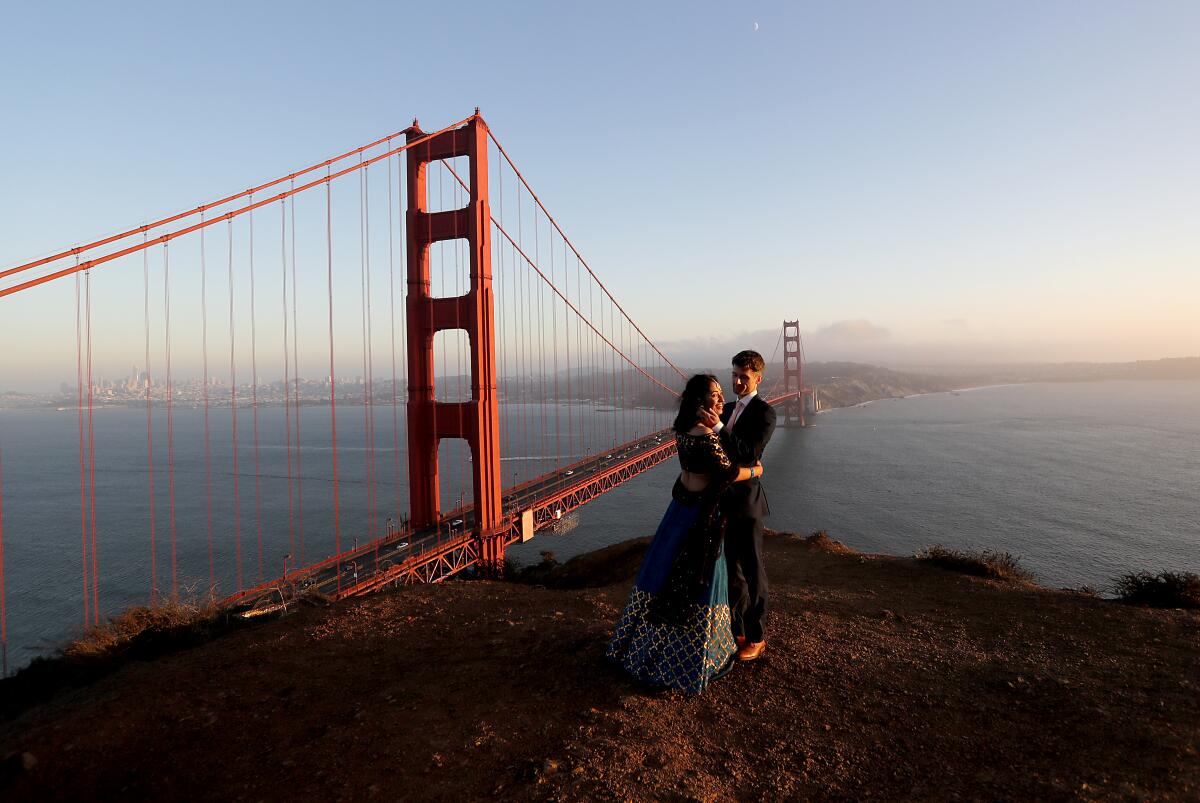
Given San Francisco’s high density and international travel from Asia and Europe, “this thing could have exploded even before anybody locked down,” he said.
During a warm day last week, city residents walking beside the bay on the Embarcadero generally praised the city’s handling of the pandemic, although some complained of the threat of disease from homeless encampments and bemoaned the fact that public schools remained closed.
Cynthia Roberts, 66, an acting coach, worried that the city’s progress represented a mere lull in the pandemic.
“Now that we are going to open up, we may have problems,” she said.
More to Read
Start your day right
Sign up for Essential California for news, features and recommendations from the L.A. Times and beyond in your inbox six days a week.
You may occasionally receive promotional content from the Los Angeles Times.

